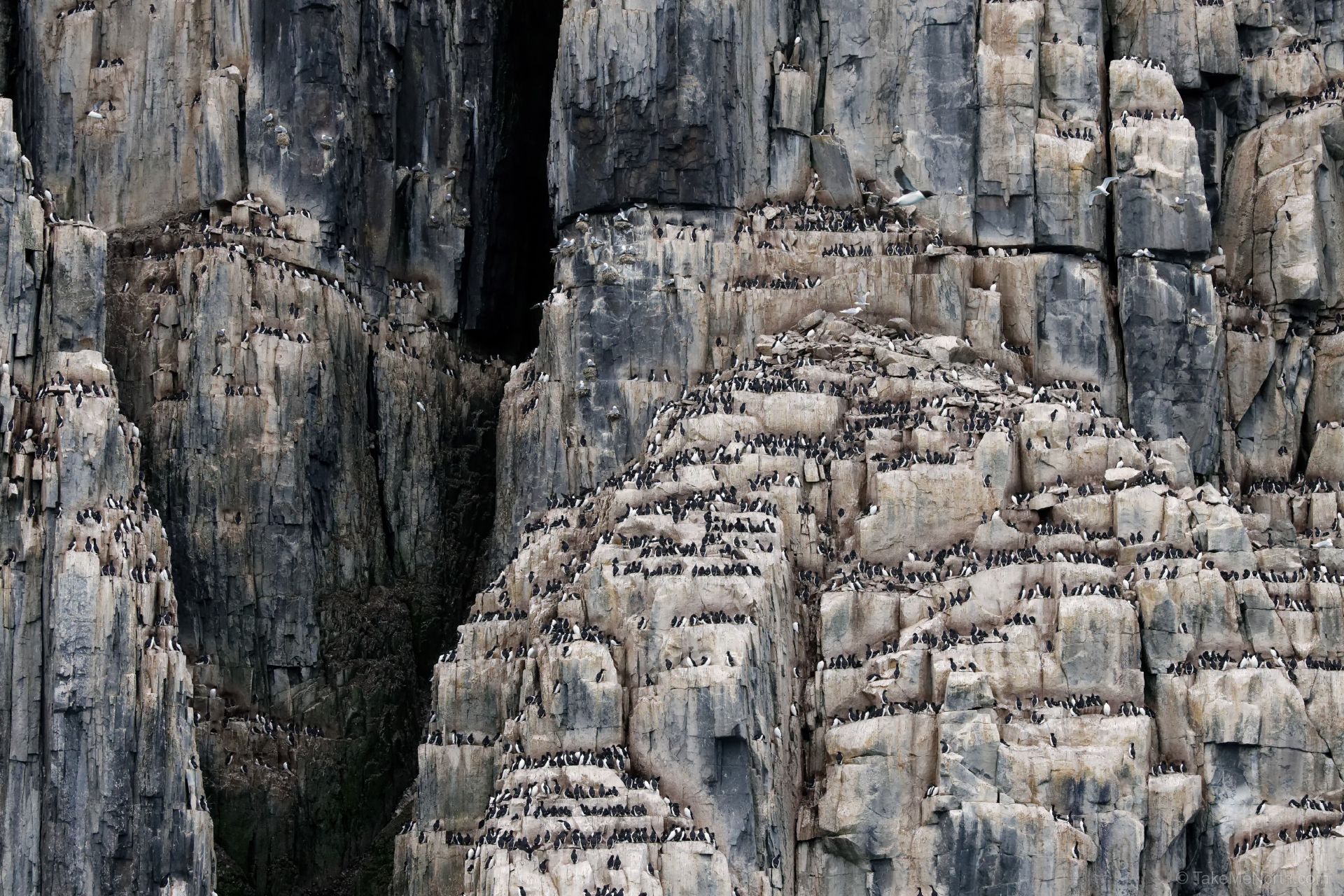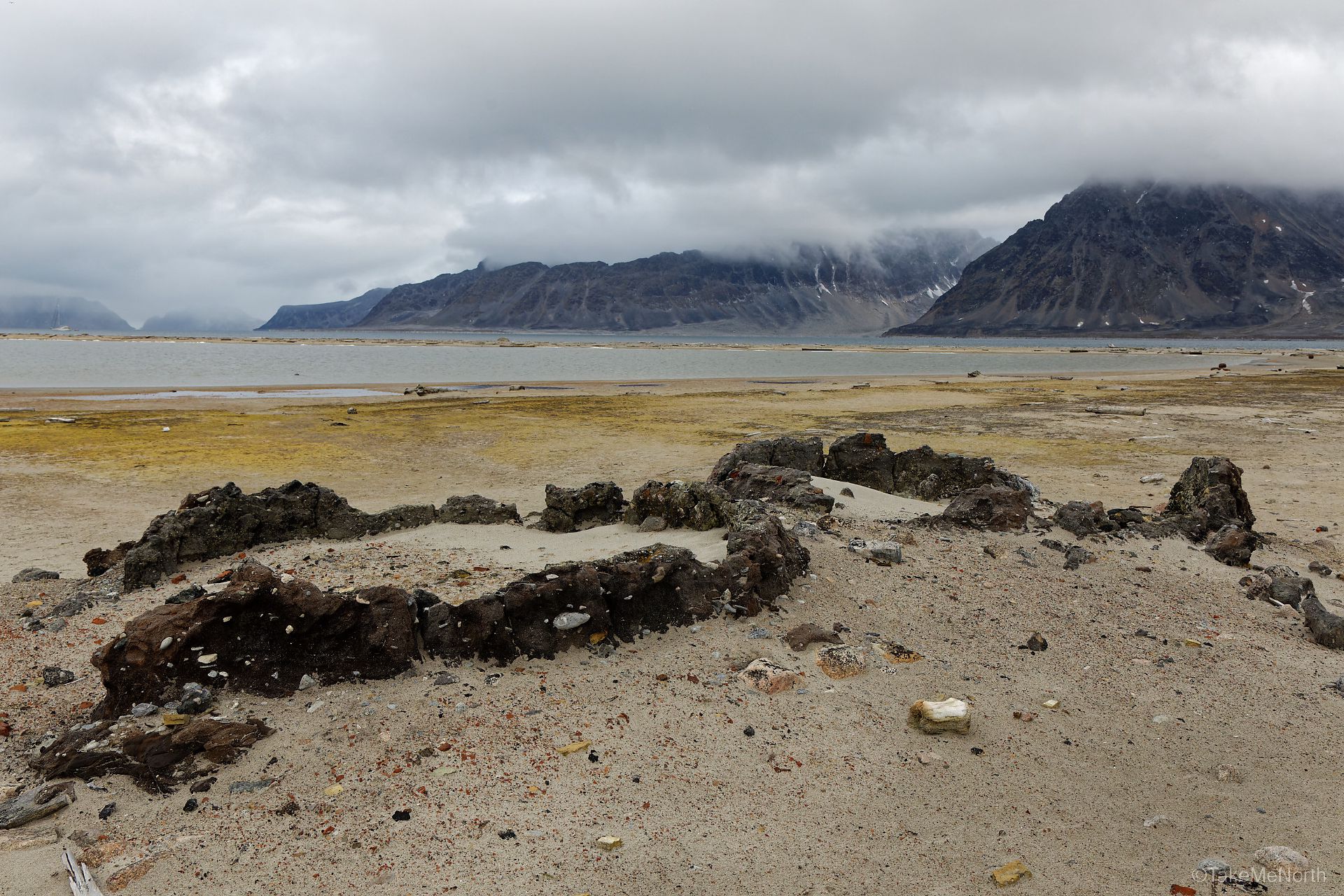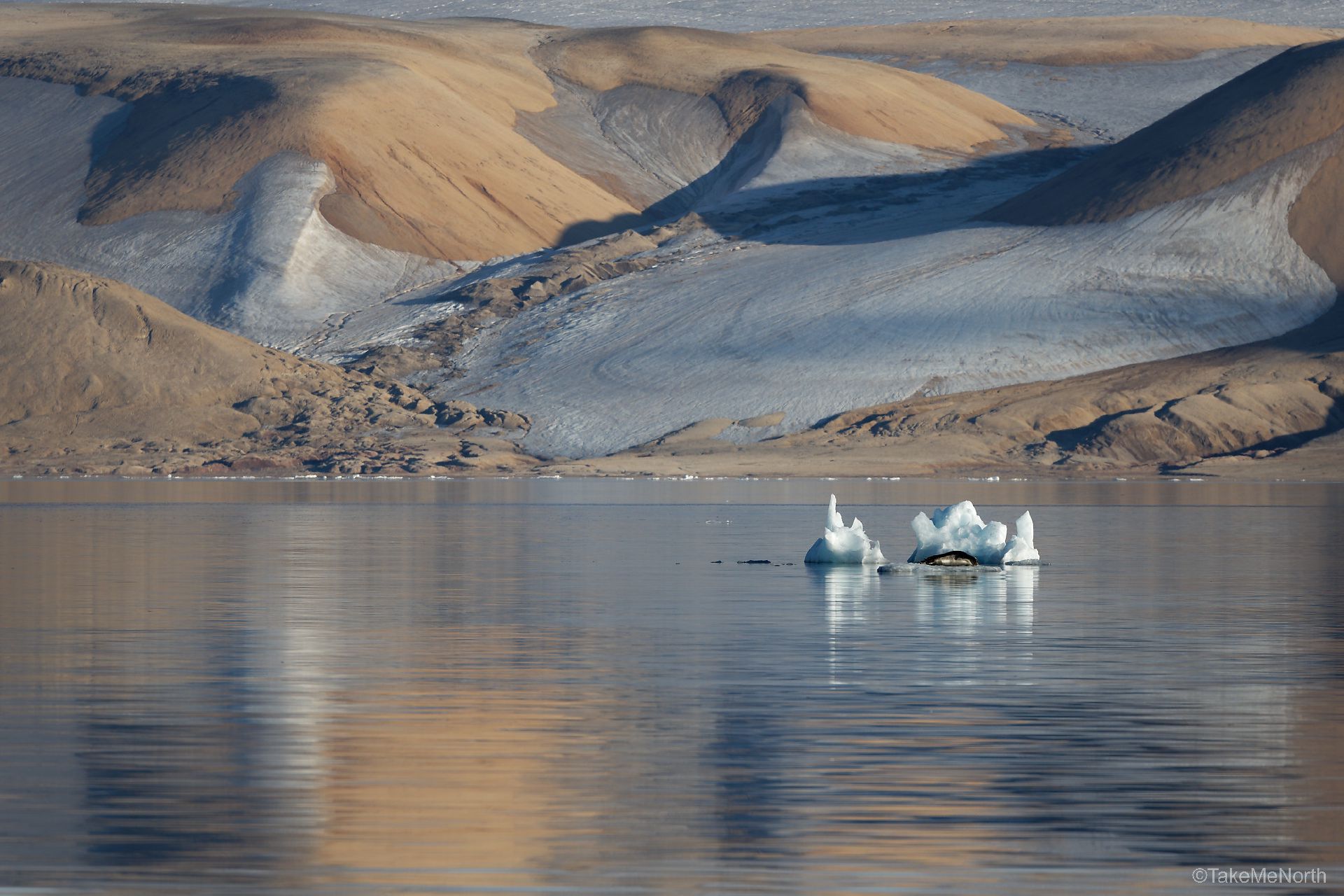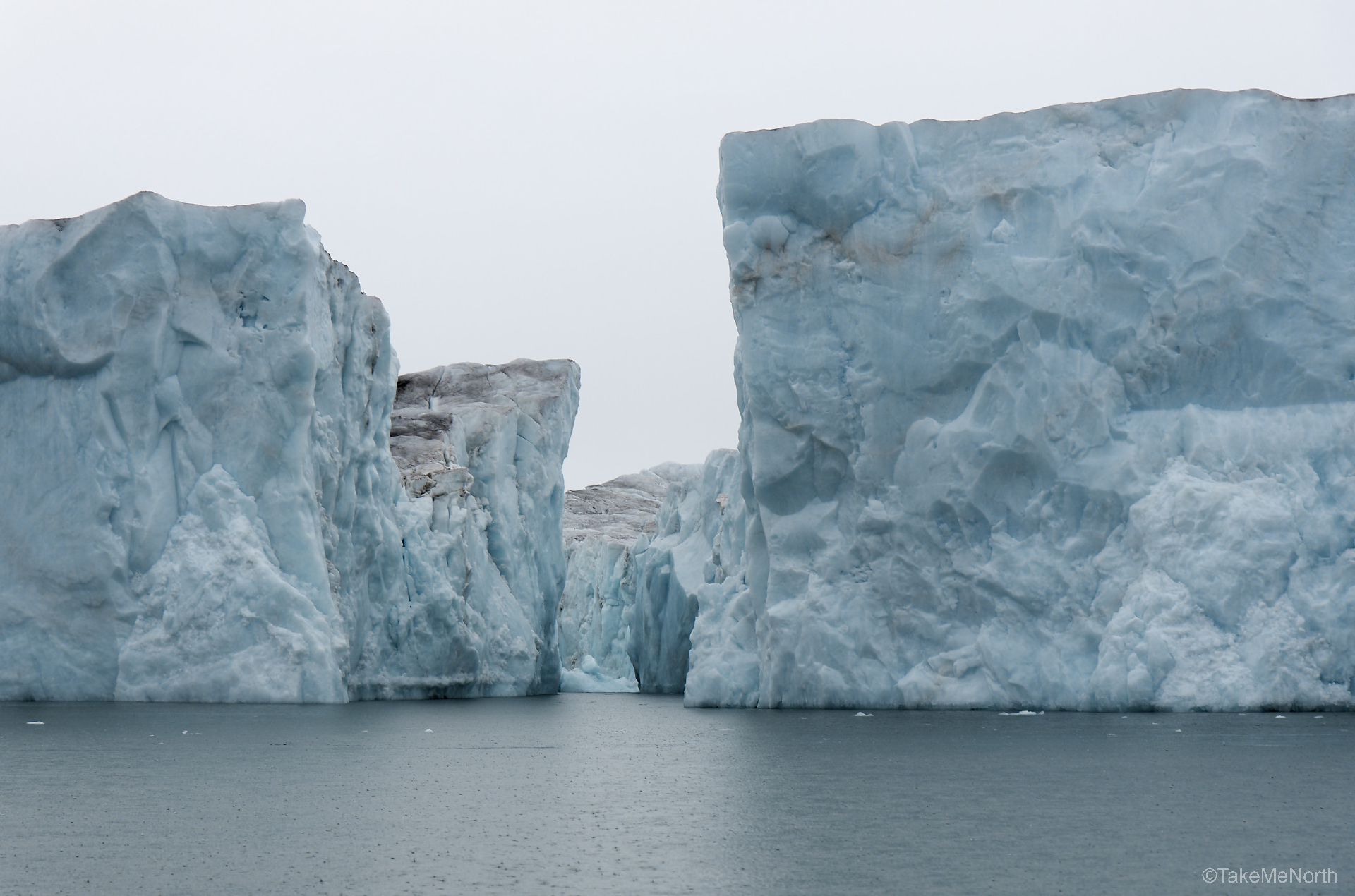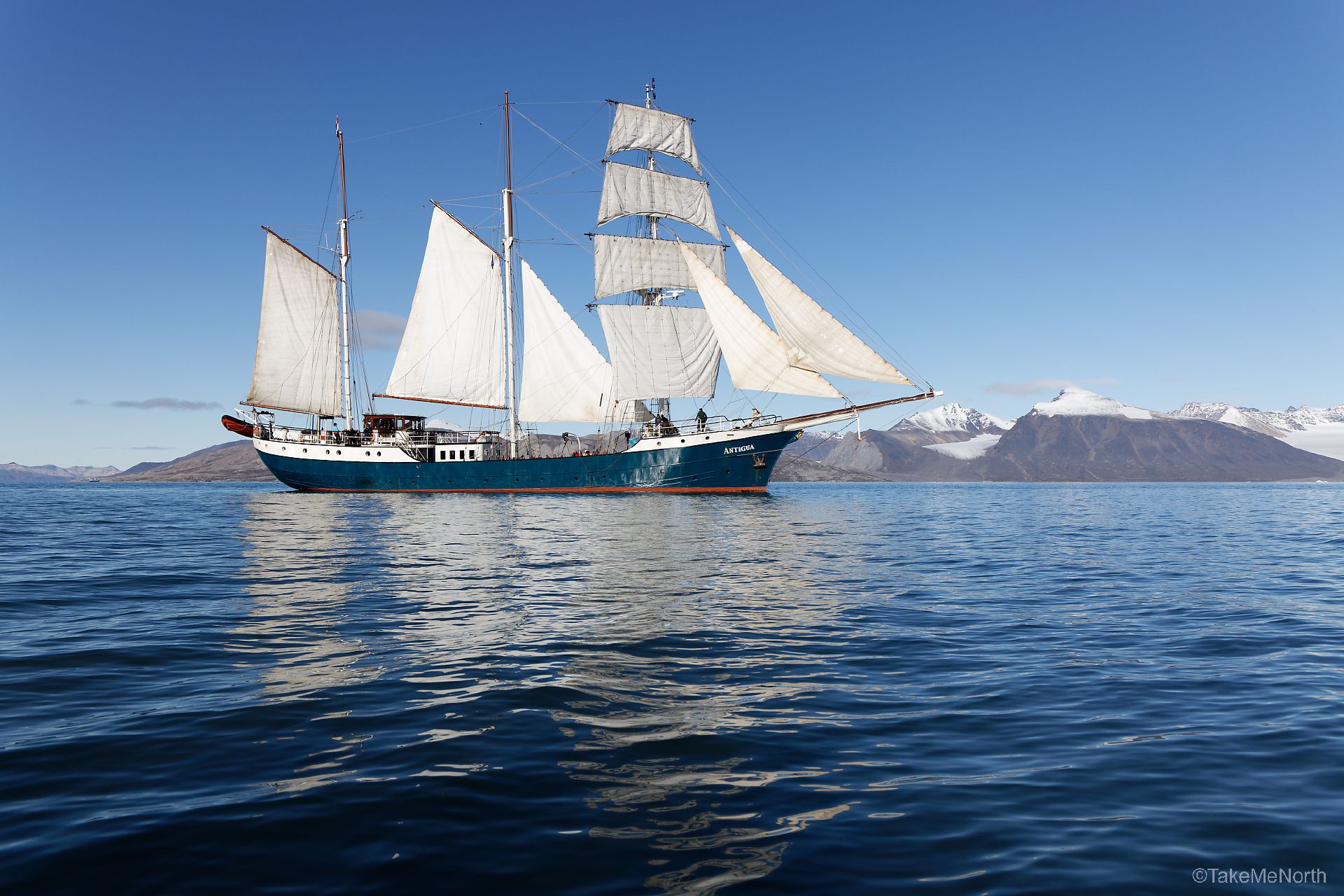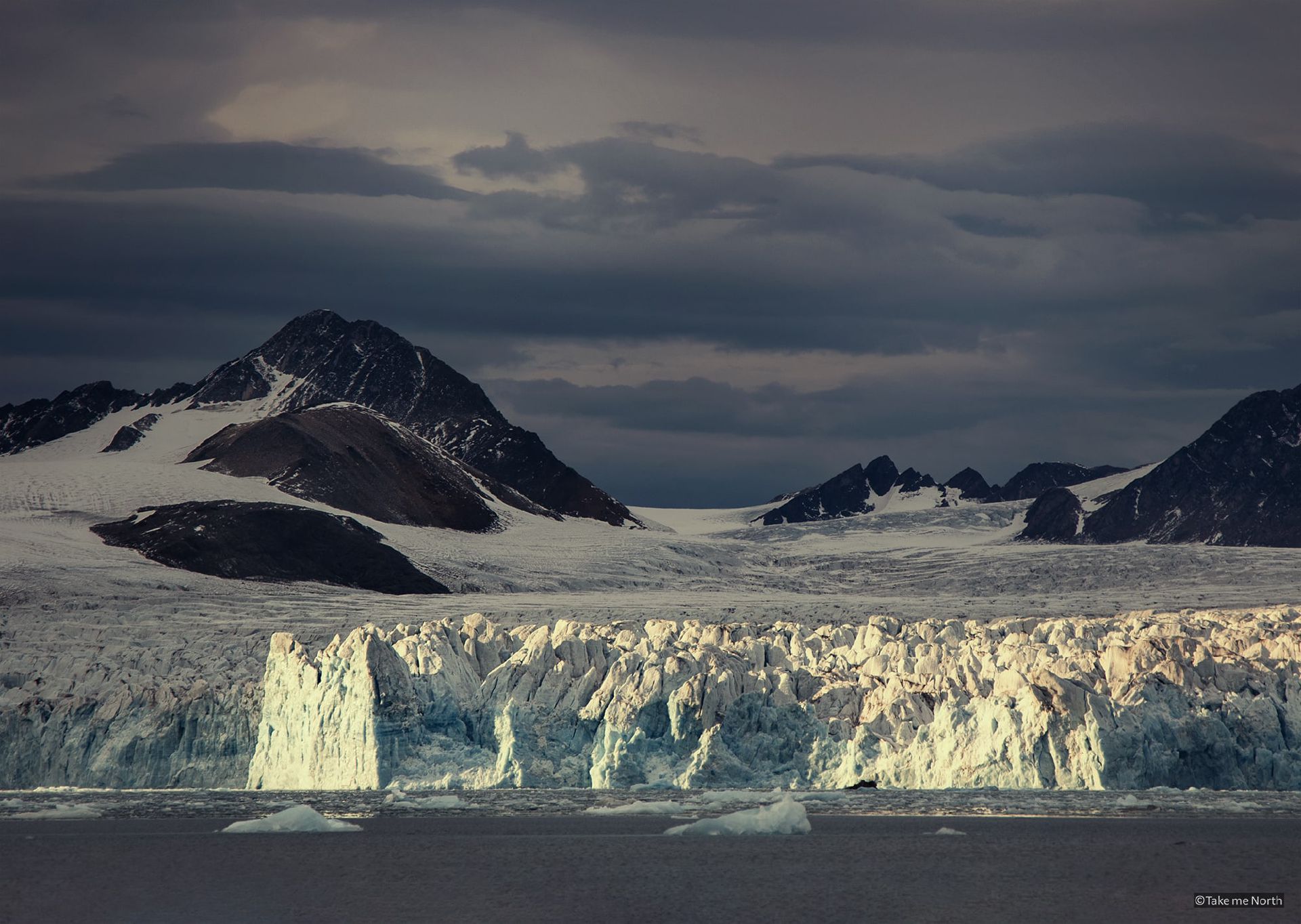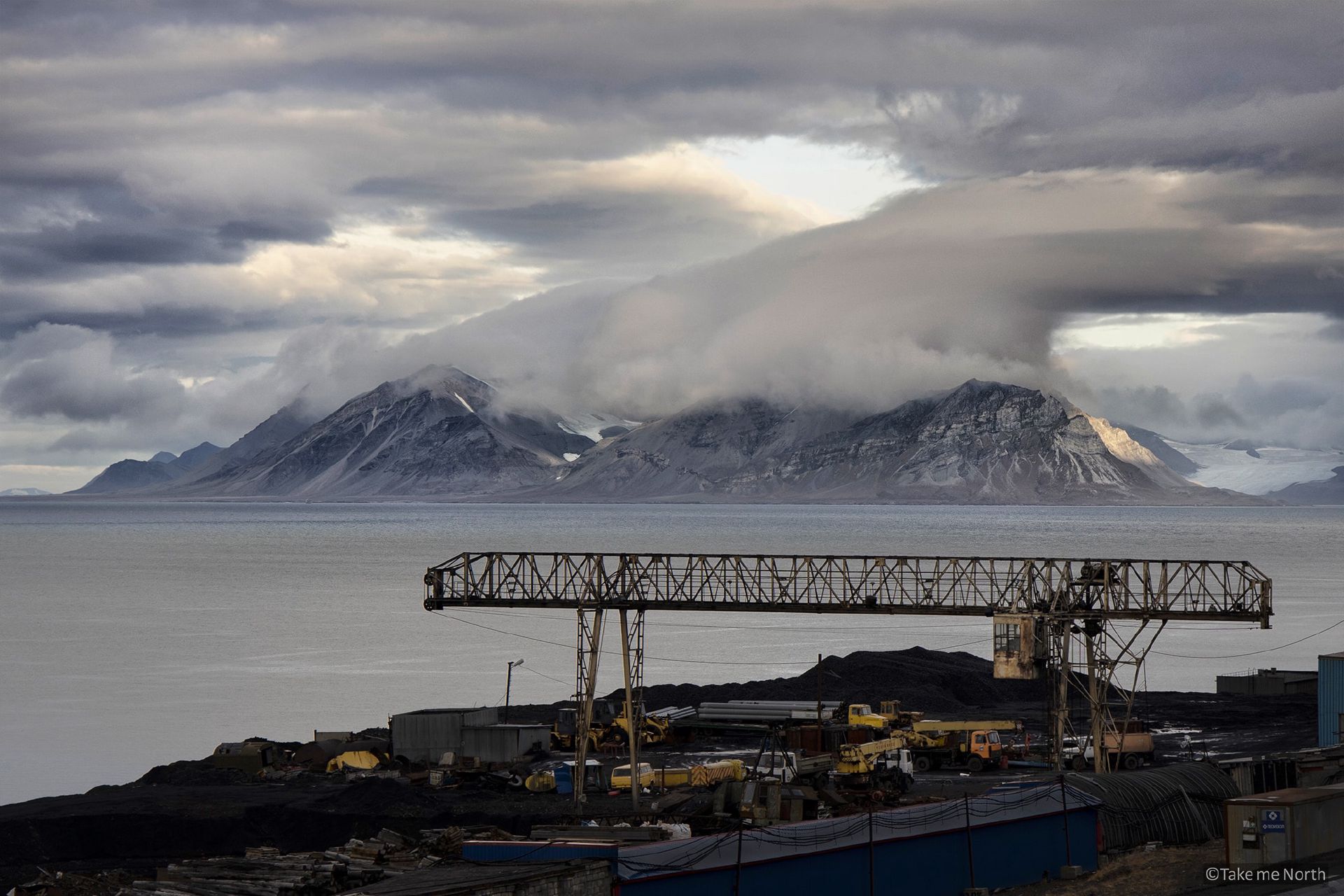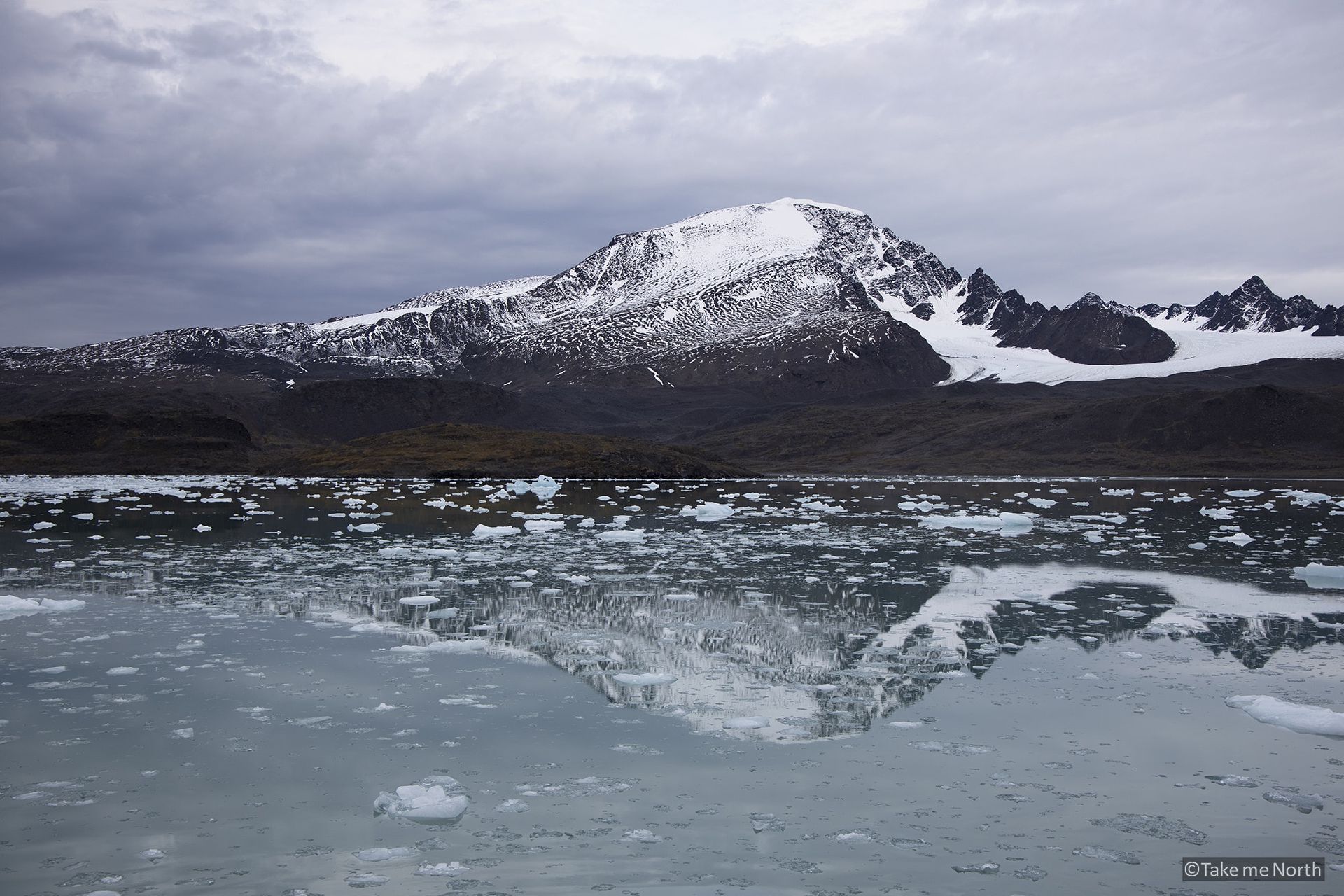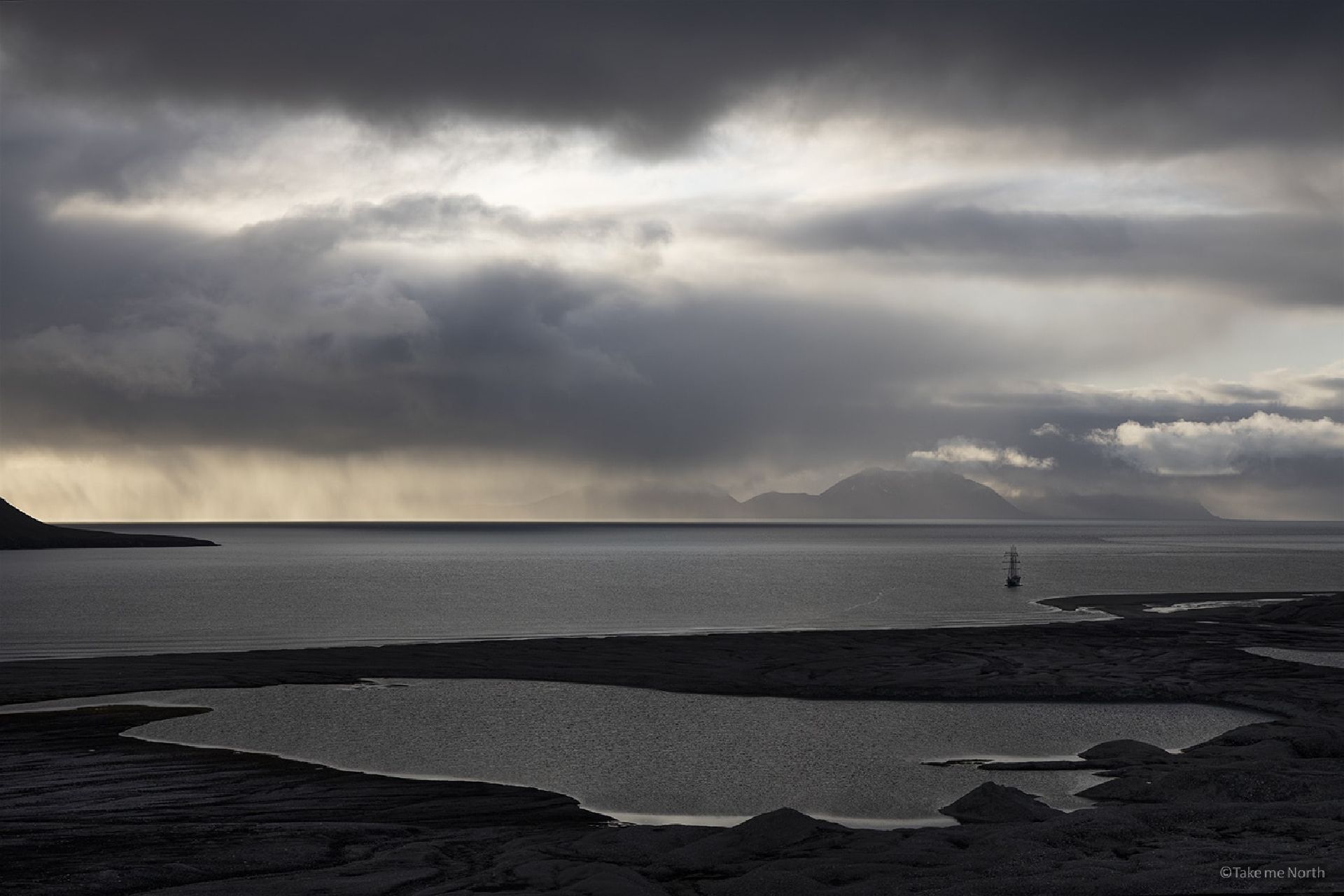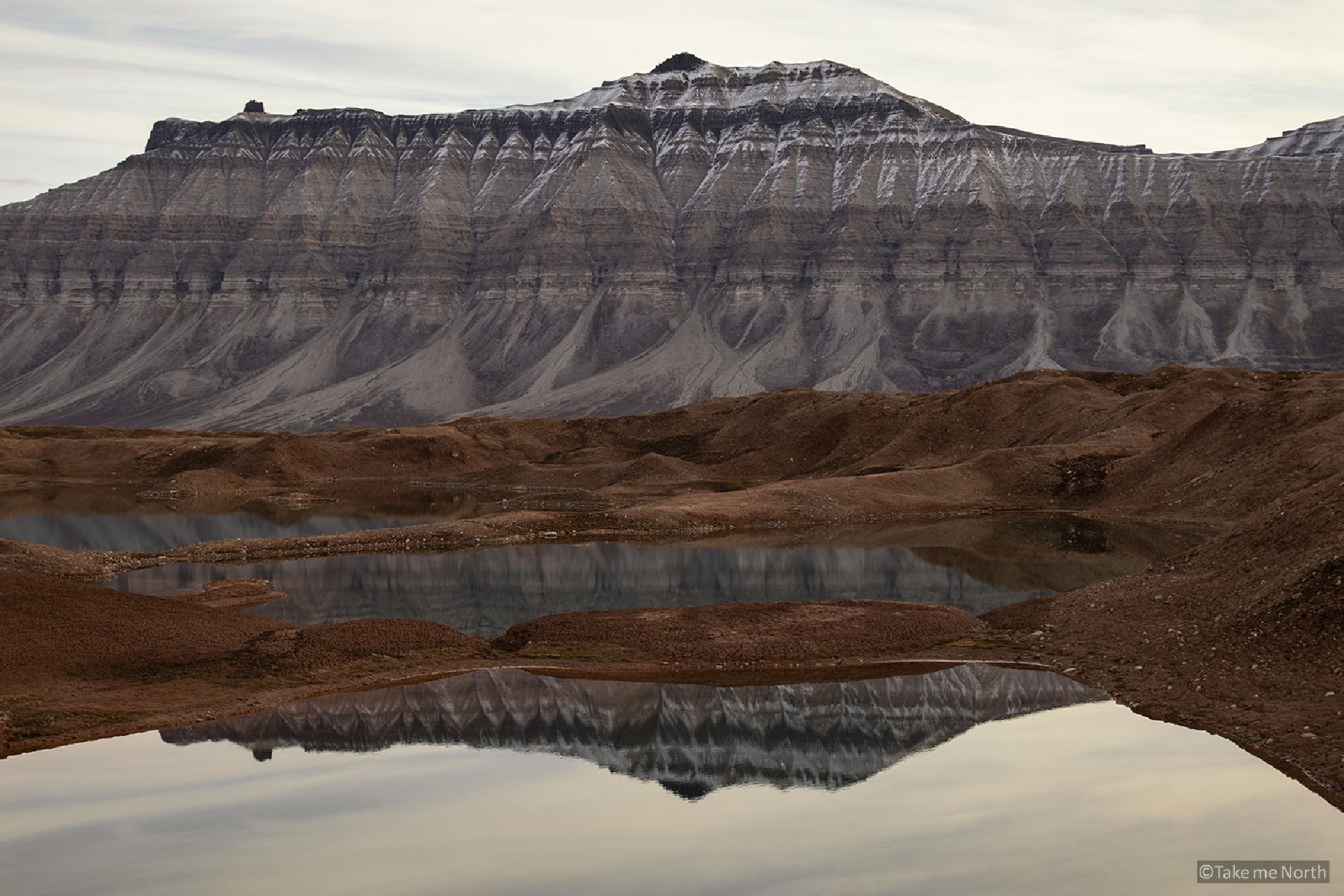Spitsbergen / Svalbard
Spitsbergen (or Svalbard as the Norwegians like to call it) is an island group halfway between the Norwegian north cape and the North pole. The islands have an arctic climate and besides a couple of thousand permanent human residents, it supports polar bears, reindeer and various large marine mammals like whales and walruses. About 60% of the land is covered by glaciers.
Spitsbergen is governed by Norway but the Spitsbergen treaty (1920) defines it as a demilitarized and free economic zone. Its main settlements are Longyearbyen, Barentsburg (russian mining town) and Ny Ålesund (international research settlement).

The London Houses at Ny Ålesund, nowadays used by the Dutch University of Groningen (RUG).
The discovery of Spitsbergen
Willem Barentsz was a Dutch navigator, cartographer, and Arctic explorer. He searched for a sea passage from north of Europe to the East Indies, knowing that if he could find one, it would drastically reduce the journey for Dutch merchant ships. Barentsz undertook three expeditions to the far north, searching for the Northeast passage. In his final voyage in 1596, he discovered new land. The sharp mountain peaks on the West coast of the island led him to name it Spitsbergen (Dutch: Pointed mountains).

The sharp mountain ridges at the west coast of Spitsbergen that gave the island its name.
The story that Willem Barentsz is the first to discover Spitsbergen is not undisputed. Some believe that the Vikings were the first to discover it in the Middle Ages. They base this claim on Viking chronicles that mention the discovery of a place called Svalbarði (the basis for the name Svalbard, which translates to “cold ridge”). There is no proof for this claim whatsoever that this place is Spitsbergen. They could just have well mentioned the island group Jan Mayen or simply a feature in the pack ice.
In the 1970s, Soviet archeologists searched for evidence that the Pomors, Russian trappers, found Spitsbergen before Willem Barentsz did. They tried to prove it by dating the wood in the remains of the first Pomor trapper stations. These trapper stations were built using driftwood, and there is no way of knowing when this driftwood was converted into a trapper station. The Russian claim is considered more a political one than a scientific claim.
In the years following the discovery of Willem Barentsz, the archipelago soon became an international hotspot for whaling, with tough competition between Dutch and English whaling companies. Many places in the archipelago were given its name in these years, their names often originate from the Dutch language.
Svalbard or Spitsbergen?
When World War I ended in November 1918, it left Europe in chaos. The Victorious allied forces gathered in Paris in the 1919 Peace Conference and drew new borders on the European map. Norway was granted sovereignty of the Spitsbergen Archipelago in the negotiations. The Spitsbergen treaty was drafted to ensure that foreign nations could continue their economic activities after 1920. For example, The Netherlands, Sweden and Russia had coal mines on Spitsbergen and the treaty guaranteed that they could continue their operations.
Soon after the treaty was ratified, Norway renamed the archipelago to Svalbard, symbolizing the vision that it had always belonged to Norway. The main island was granted the name Spitsbergen. Many Dutch and English places were renamed to Norwegian names in the following years. Some countries (for example the Russian government), will strictly use their original name when referring to the archipelago.

A historic mining rig at a hilltop in Longyearbyen.
